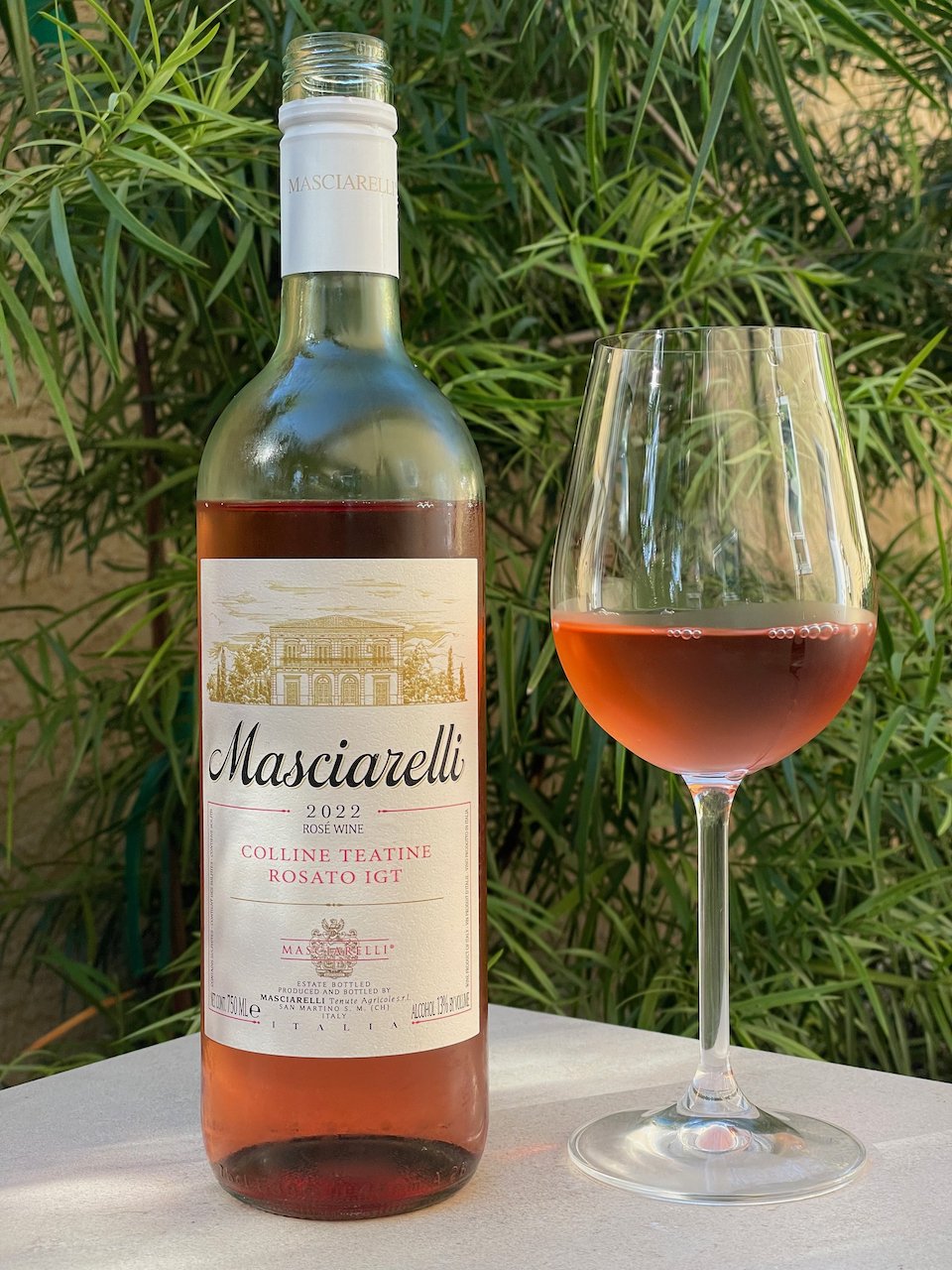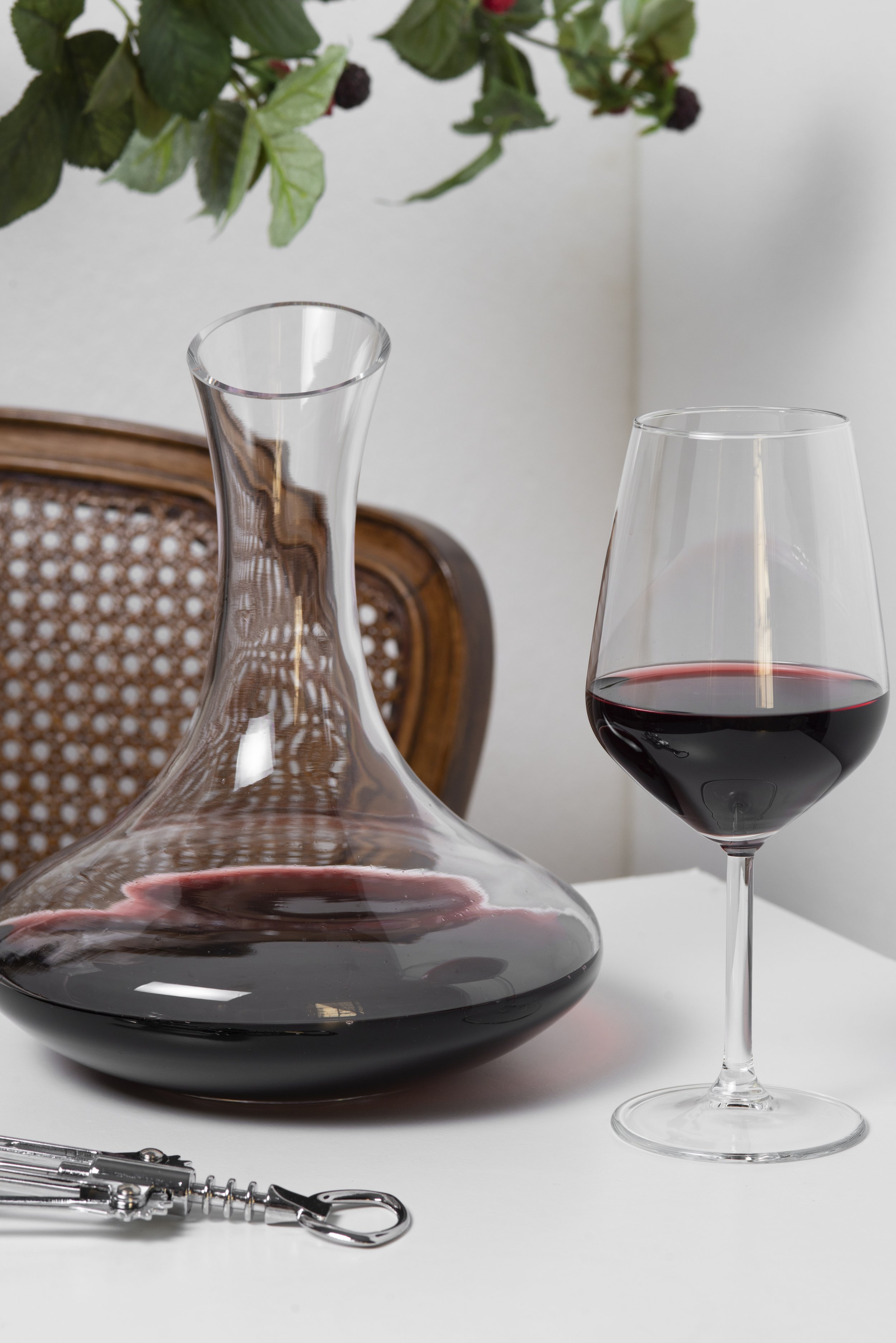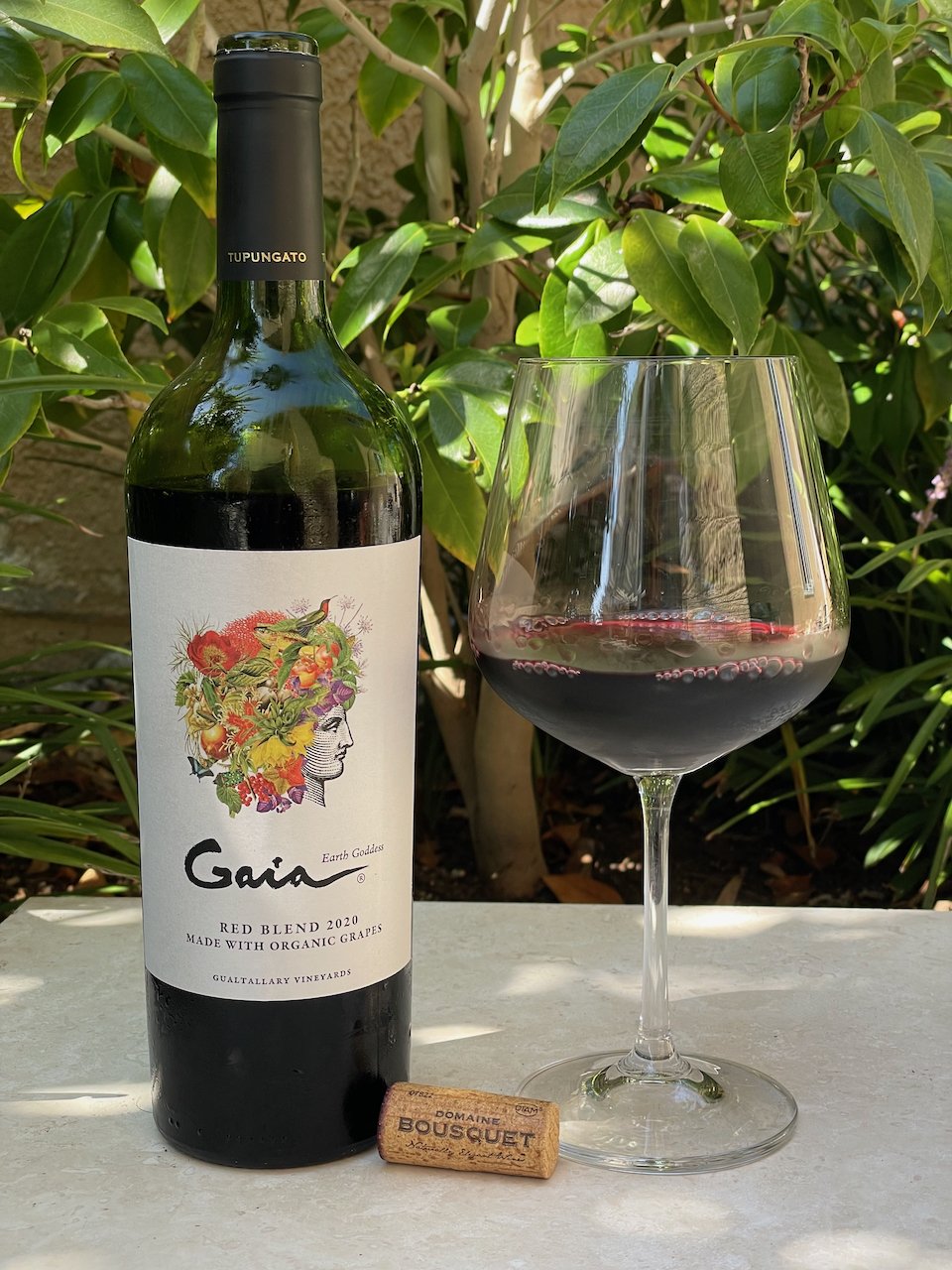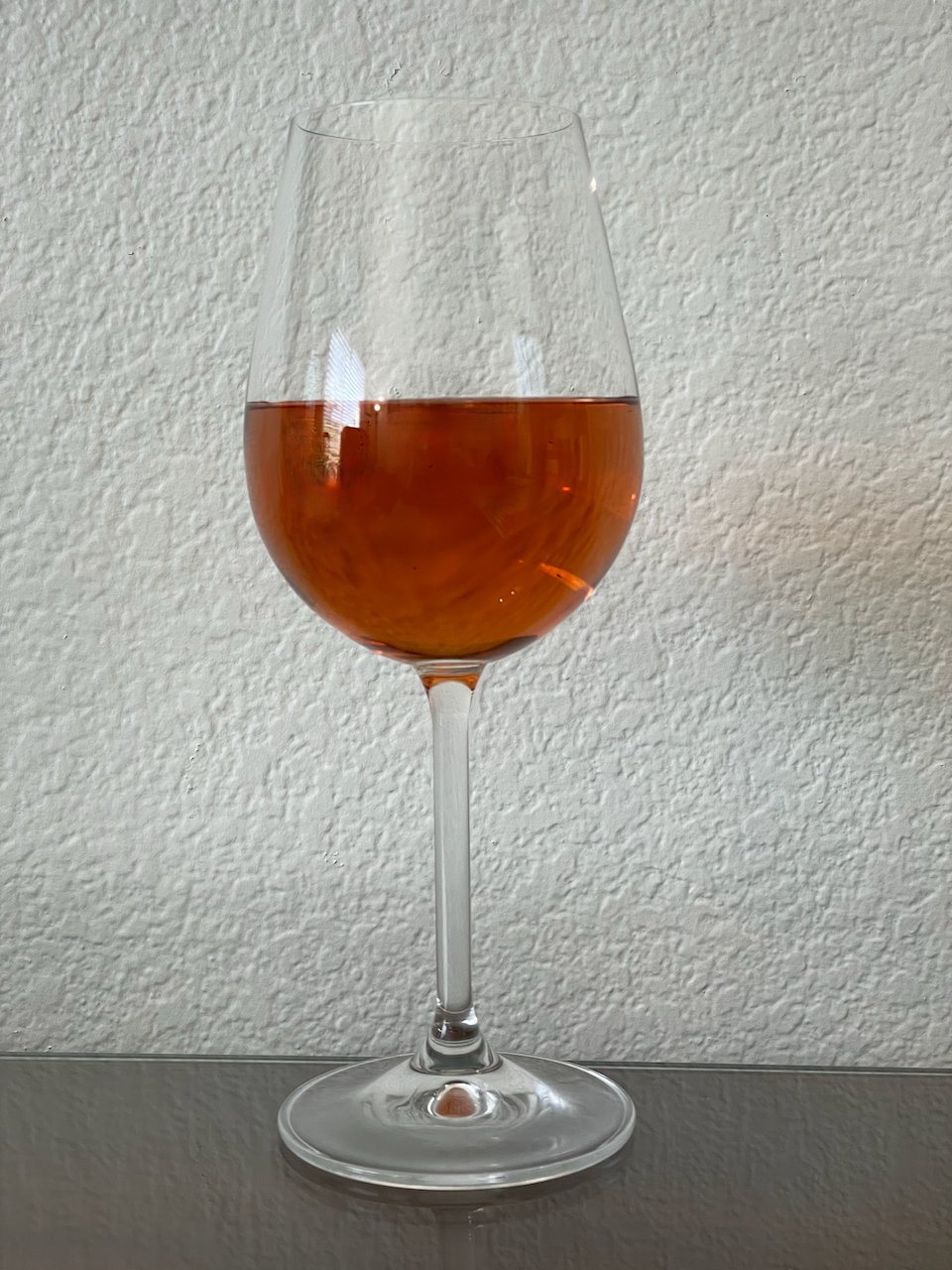Wine terms can be confusing. Especially the terms “dry” and “tannic.”
Have you ever taken a sip of red wine and noticed that your mouth feels dry or dusty? Almost that ‘cotton-mouth’ feel? Well, that is a sensation that is generally associated with red wines.
The dry sensation is due to the wine being astringent and its effect on the tissue in your mouth. Some people have also described the sensation as making their mouth pucker.
The culprits that causes this drying sensation in your mouth are actually chemical compounds (phenolics) that naturally occur in grapes. These ‘tannin’ come from the grape skins, seeds and stems.
So, while a ‘dry’ sensation in your mouth is associated with tannin, the wine term “Dry” actually refers to the lack of sweetness - the amount of residual sugar. A “Dry” wine will have little to no residual sugar, meaning that the fermentation process converted all the natural sugar in the grape juice to alcohol. Residual Sugar (RS) is categorized as follows:
Dry: Less than 1% sweetness or <10 gm/L of Residual Sugar
Off-Dry: 3% to 5% sweetness or 10-35 gm/L RS
Sweet: Above 5% sweetness or 35-120 gm/L RS
Very Sweet: Above 12% sweetness or 120 - 220 gm/L RS
So, in summary, a wine that makes your mouth fell dry is ‘Tannic’ while a ‘Dry‘ wine is one with little or no residual sugar. Cheers!










